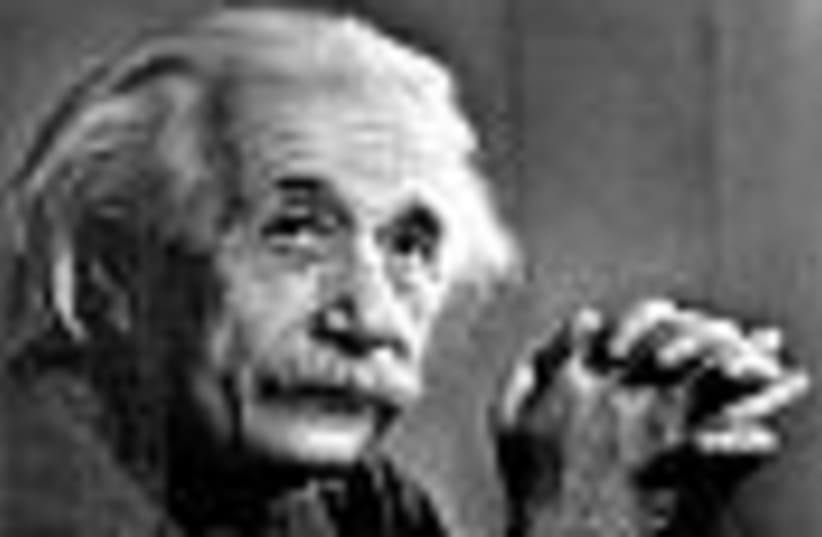| More about: | Isaac Newton, Menachem Magidor, Zionism, Hebrew University of Jerusalem |
'Customized' Einstein exhibit focuses on Zionism
The event is a more Jewish and Zionist version of one already shown in New York, Boston, Chicago and LA.


| More about: | Isaac Newton, Menachem Magidor, Zionism, Hebrew University of Jerusalem |